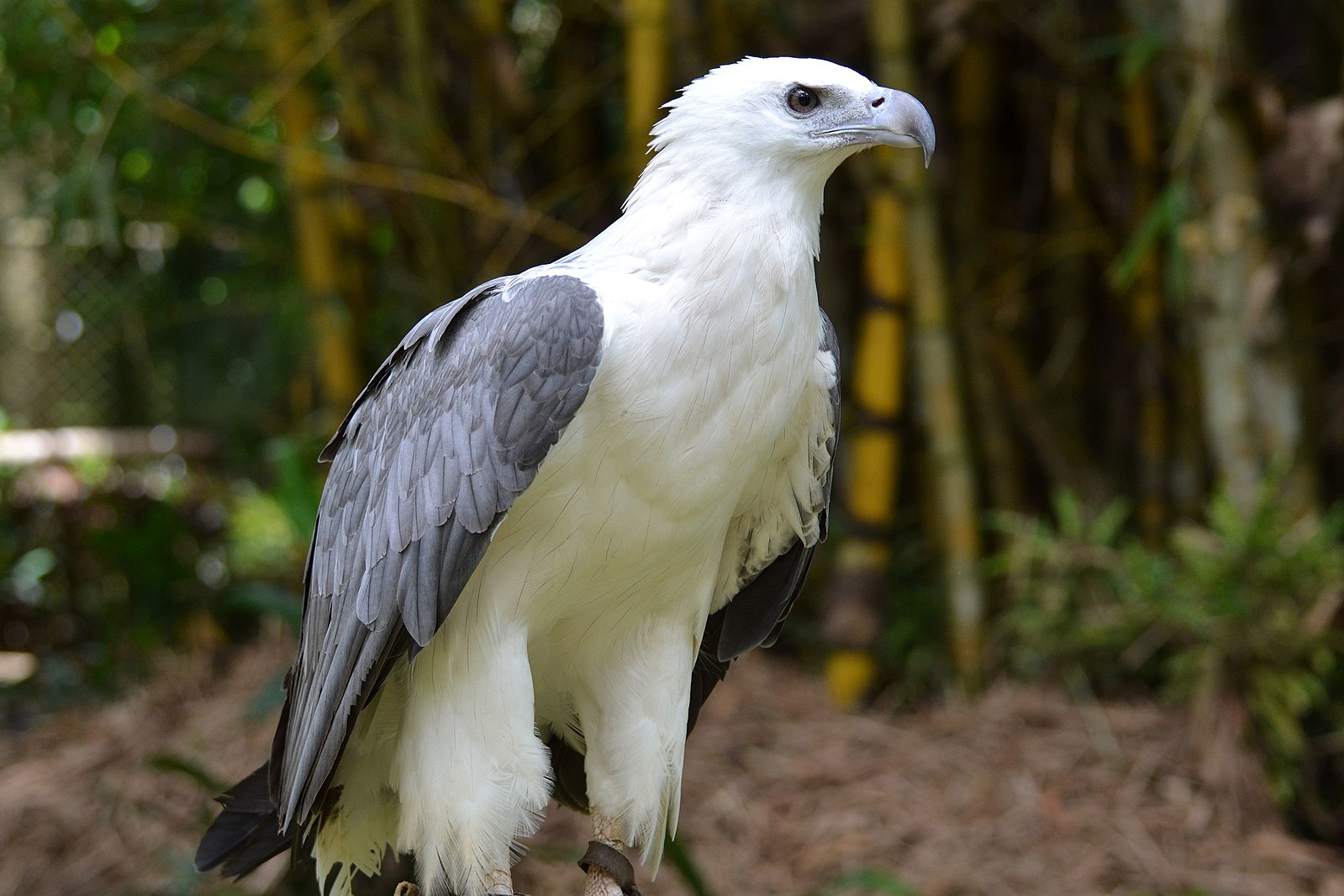The white-bellied sea eagle is a majestic bird of prey known for its impressive lifespan of up to 30 years in the wild. These large raptors, with their distinctive white bellies and wingspans reaching up to 2.2 meters, are found in coastal and near-coastal areas across Australia, New Guinea, Indonesia, China, Southeast Asia, and India.
The Lifespan of the White-Bellied Sea Eagle
As mentioned, the white-bellied sea eagle can live up to 30 years in the wild. This is a remarkable lifespan for a bird of prey, as many other eagle species have a lifespan of around 20-25 years. The longevity of the white-bellied sea eagle is a testament to its adaptability and resilience in its natural habitat.
Physical Characteristics and Hunting Abilities
 Image source: bellied sea eagle by shankar s
Image source: bellied sea eagle by shankar s
White-bellied sea eagles are known for their impressive size, with females being larger than males by up to 20% in size and 120% in mass. These birds are skilled hunters, feeding primarily on aquatic animals such as fish, turtles, and sea snakes, but they also take birds and mammals. They are known to attack prey as large as swans and can feed alone, in pairs, or in family groups.
Nesting and Breeding Habits
These eagles build large stick nests, which they use for many seasons in succession. The nests can be located in trees up to 30 meters above the ground, or on the ground or rocks where there are no suitable trees. At the start of the breeding season, the nest is lined with fresh green leaves and twigs. The female carries out most of the incubation of the white eggs, but the male also takes on this duty from time to time.
Habitat and Distribution
White-bellied sea eagles are found in coastal and near-coastal areas of Australia, New Guinea, Indonesia, China, Southeast Asia, and India. They are a common sight in these regions and are known to inhabit territories throughout the year. While generally territorial, they can also be nomadic in some cases.
Threats and Conservation Efforts
Although not threatened globally, white-bellied sea eagles have declined in parts of Southeast Asia, such as Thailand, and southeastern Australia. The main threat to their population is human disturbance to their habitat, both from direct human activity near nests, which impacts breeding success, and from the removal of suitable trees for nesting. In Tasmania, these birds face additional threats, including nest disturbance, loss of suitable nesting habitat, shooting, poisoning, trapping, and collision with power lines and wind turbines, as well as entanglement and environmental pollution.
Conservation efforts are underway to protect the white-bellied sea eagle and its habitat. These include monitoring populations, enforcing regulations to prevent habitat destruction, and raising public awareness about the importance of these majestic birds.
In conclusion, the white-bellied sea eagle is a remarkable bird of prey with a lifespan of up to 30 years in the wild. Its impressive physical characteristics, hunting abilities, and nesting and breeding habits make it a fascinating species to study and observe. However, the species faces various threats, and ongoing conservation efforts are crucial to ensuring the long-term survival of this iconic bird.
References:
- White-bellied Sea-eagle | The Peregrine Fund. https://peregrinefund.org/explore-raptors-species/eagles/white-bellied-sea-eagle
- White-bellied Sea-Eagle – The Australian Museum. https://australian.museum/learn/animals/birds/white-bellied-sea-eagle/
- White-bellied Sea Eagle – Facts, Diet, Habitat & Pictures on Animalia.bio. https://animalia.bio/white-bellied-sea-eagle
- ADW: Haliaeetus leucogaster – Animal Diversity Web. https://animaldiversity.org/accounts/Haliaeetus_leucogaster/
- [PDF] White-bellied Sea-Eagle – Department for Environment and Water. https://cdn.environment.sa.gov.au/landscape/docs/hf/white-bellied-sea-eagle-bio-region-fact.pdf

